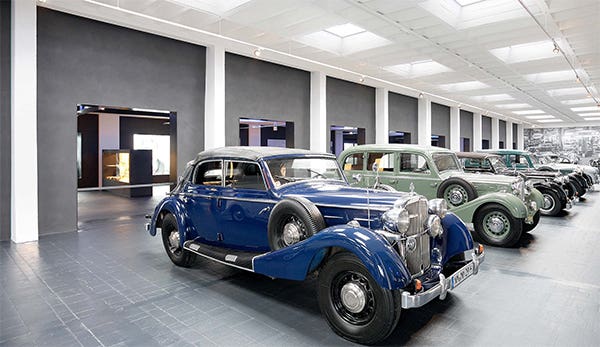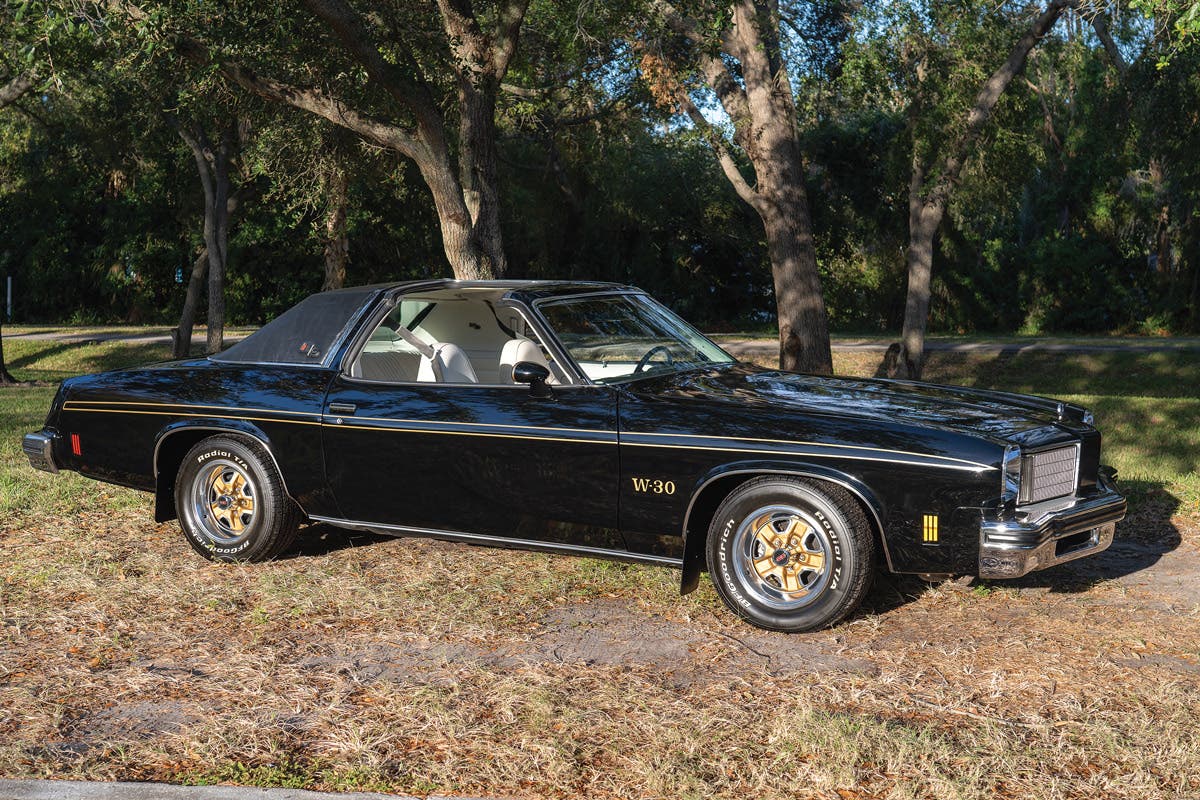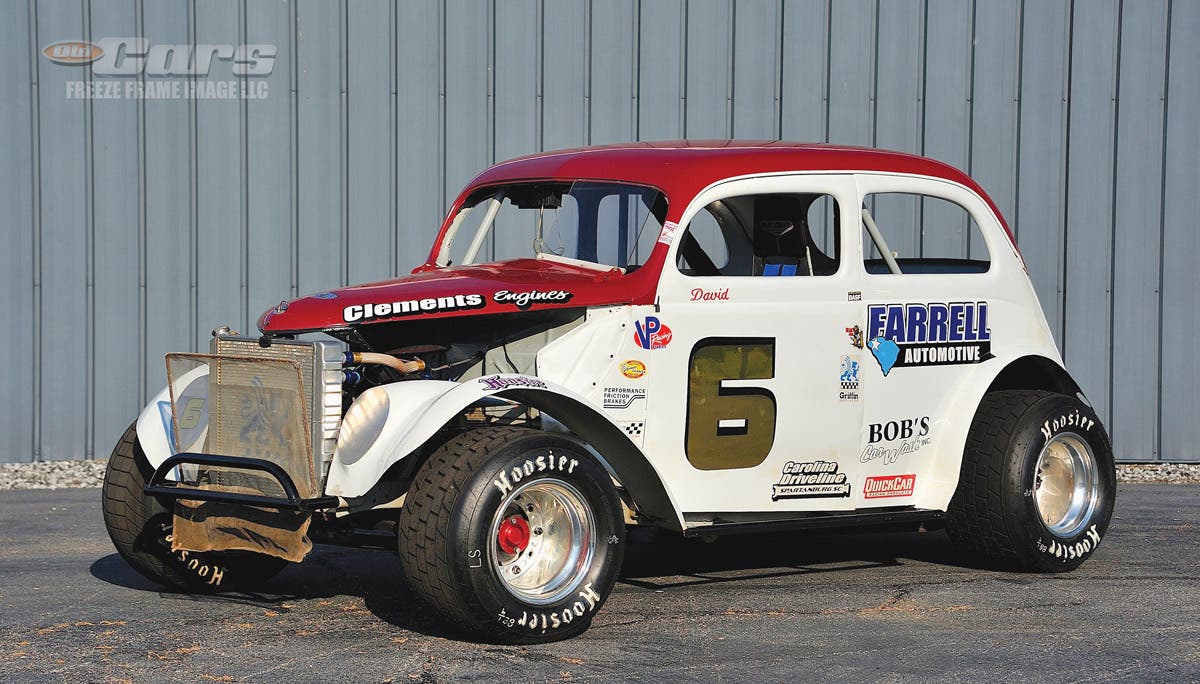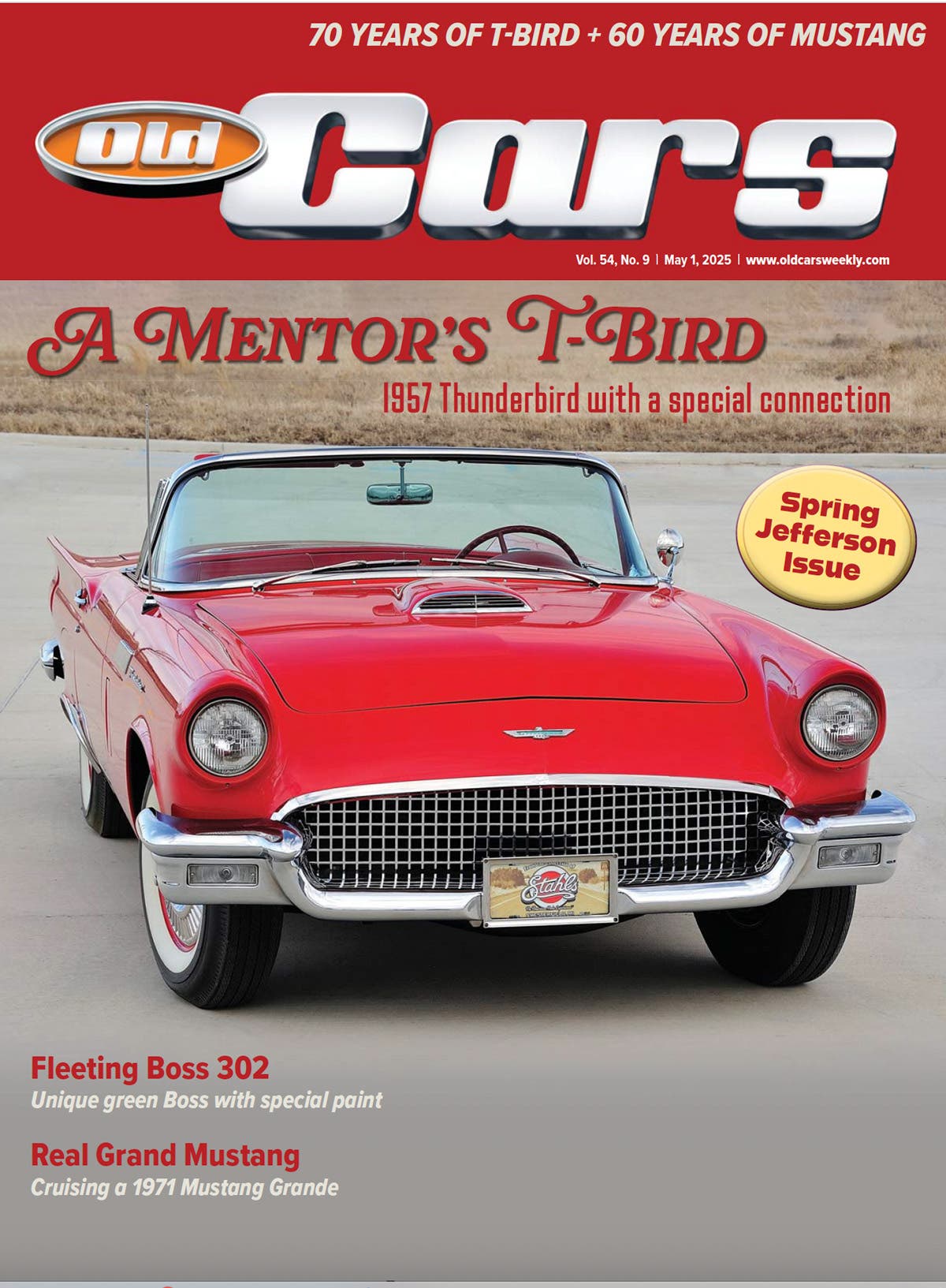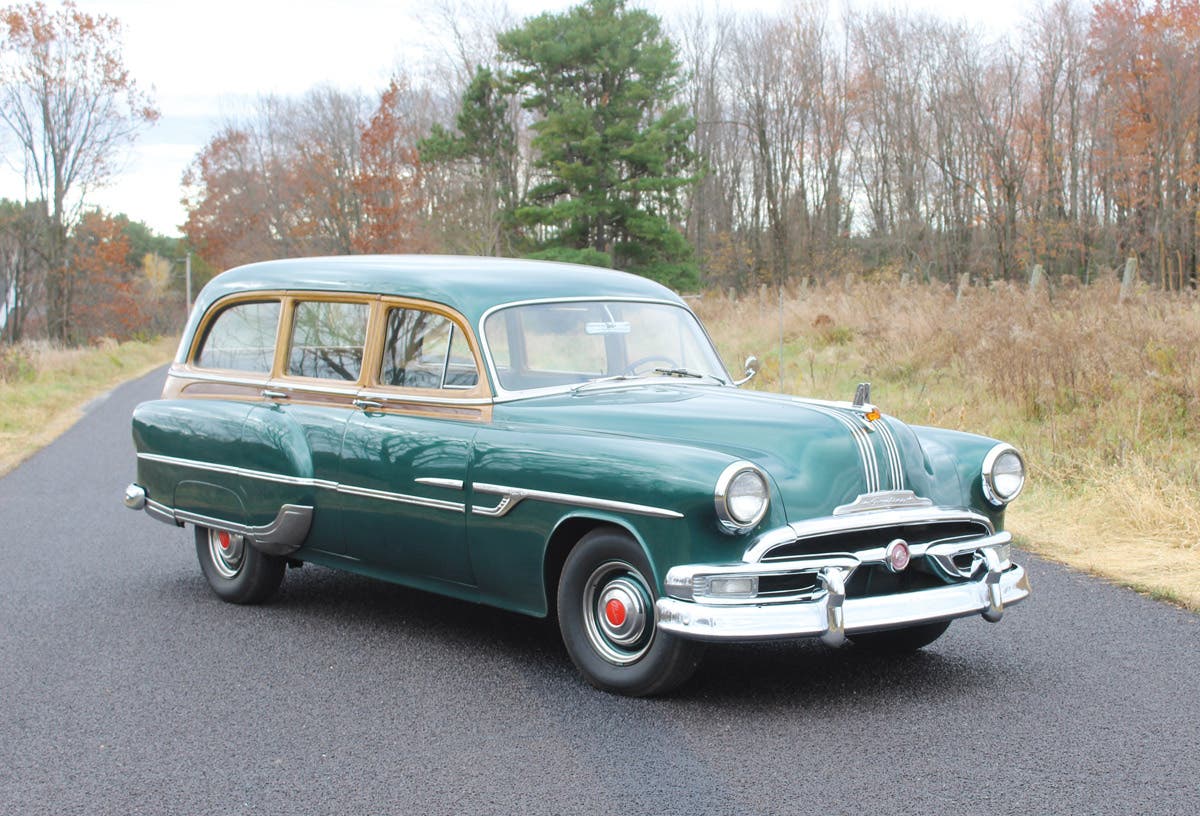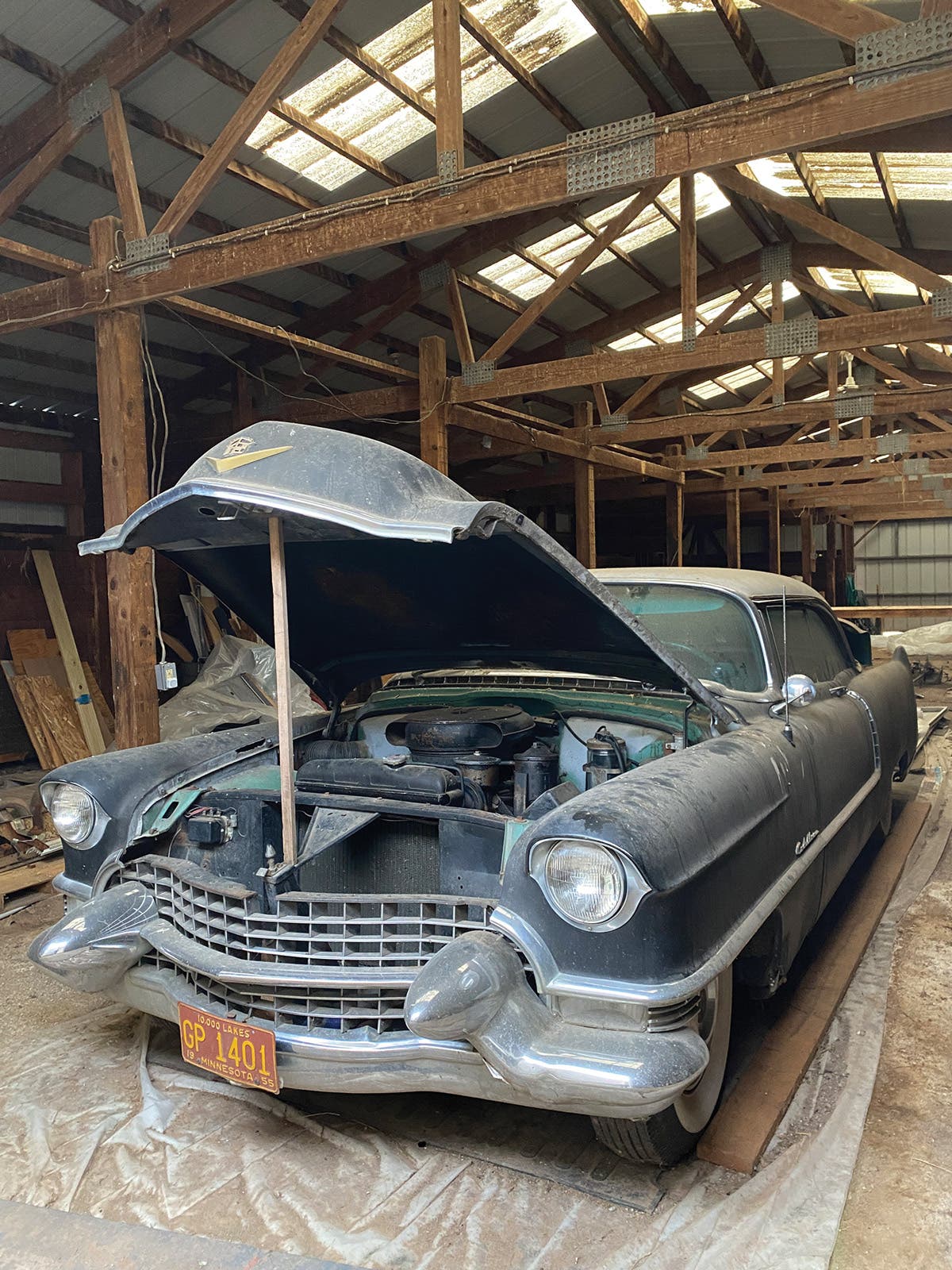’68 Yenko racer: Never titled, never registered
In the racing tradition, this Yenko was never titled, registered or street-driven. It’s been a “track star” all of its life.
This COPO Corvette is one of only 80 made in 1968 with the L88
big-block V-8. The huge side pipes were needed for racing, and
the stripped-down interior has no trim items or floor carpeting.
The Yenko name is synonymous with high-performance cars. Yenko Sportscars was a Canonsburg, Pa., dealership that first became famous for its Yenko Stinger. Later, it turned out SYC Novas, Chevelles and Camaros.
Yenko started out by swapping big-block V-8 engines into customer cars at the dealership level. Then, Don Yenko and his father found a way they could order batches of cars with factory-installed big-block V-8s. They ordered the cars the same way police cars or taxicabs or other “fleet” cars were ordered, using GM’s Central Office Production Order (COPO) system.
To high-performance buffs, “COPO” became synonymous with factory-427-powered Camaros. However, a fleet of taxicabs with special heavy-duty seats could also have been produced as COPO cars.
You could say Yenko’s involvement with the Corvette was much “racier.” In ’68 Corvettes, a 427-cid V-8 was already available as a factory option. No COPO ordering was required. Many private racing teams ordered Corvettes with 427 engines.
Corporately, Chevrolet had been officially out of racing involvements since the Automobile Manufacturers’ Association adopted a ban on its members promoting high performance. That was back in 1957.
In 1963, Corvette chief engineer Zora Arkus-Duntov had gotten his fingers slapped by the upper brass at General Motors for building five Grand Sport racing cars. By 1968, any Chevrolet racing involvement was a very secretive, “underground” effort. However, Chevrolet still offered options for its showroom cars that racing drivers could use to great advantage.
Any buyer of a new 1968 Corvette with an extra $437.10 to spend could add an L71 427-cid V-8 with three two-barrel carburetors and 375 hp to the car. An additional $805.75 purchased the L89 option, which included a pair of very neat, heat-shedding aluminum cylinder heads.
These were high-performance engines, but they did not have the performance of another option coded the L88. This version of the 427-cid V-8 was pretty much off limits in “street” cars.
“You really had to know somebody to get an L88,” said Corvette authority Kevin Mackay. “These engines were for off-road use. They required at least 103-octane fuel. None of the cars ever had radios. They tried to steer the public away from these cars.”
Duntov and his group of racing enthusiasts inside Chevrolet steered the L88 engines to serious racers. One of their best conduits was Don Yenko.
There were 80 cars built in 1968 with L88 engines. One was this Sunray DX racing car that Mackay’s shop restored. Corvette Repair did the bodywork and paint and restored the car.
David Morgan and Hap Sharp drove the convertible to a first in class and sixth overall in the Sunray DX 12-hour endurance race. It wore racing No. 3 and a removable hardtop during the race. The car even made the cover of Chevrolet’s own Corvette News.
Ralph Morrison, the director of Sunray DX’s motorsports program placed a special order for the Polar White racing car using the “Buyer’s Key Pass Program,” which was available only to qualified Corvette racers.
There were actually three ’68 model Sunray DX racers. The first two competed at Daytona in 1968. One of these cars was built from parts. It started out as a 435-hp Corvette that had been on the showroom floor at Yenko’s dealership.
This Polar White car is the third Sunray DX racing car. It has a black interior, the M22 heavy-duty close-ratio four-speed transmission, J56 heavy-duty brakes, the F41 special front and rear suspensions and a 4.56:1 Positraction rear axle.
Although federal law made a heater mandatory in 1968 (even in Corvettes with the L88 engine), this car still came through without a heater. A “delete” plate covers the dash where the heater goes. It also came without a spare tire, since it was made strictly for off-road use.
For racing use, the interior trim and carpets were removed. A roll bar was installed. The suspension was beefed up with bronze upper and lower control arm bushings. A 40-gallon fuel cell was installed. Racing seat belts were required. Many bolts used in the car’s construction were safety-wired so the nuts would not loosen. The L88 engine was left “fairly stock.” The main upgrade was a set of “Special Le Mans-type headers.”
In late ’69, Sunoco bought out Sunray DX and sold the racing cars. The No. 3 Corvette went to the Quaker State Oil racing team, which raced it under the company’s green and white colors in 1970-1973. Fred Kepler captured the N.E. Region A/P race at Watkins Glen. Privateer Joe Searies later campaigned the car, driving it until 1977.
Mackay became the car’s fourth owner in August 1990. “We found it in a barn,” he said. “It still had all the original body panels, all the original interior.”
In the racing tradition, this car was never titled, registered or street-driven. It’s been a “track star” all of its life.
This story was excerpted from Jerry Heasley’s book “Corvette Masterpieces” — a 352-page, hardcover compilation from his 40-year career as a writer and photographer. Copies of the book are available by calling 800-258-0929, or by visiting www.krausebooks.com. For autographed copies, e-mail the author at jerry@jerryheasley.com



